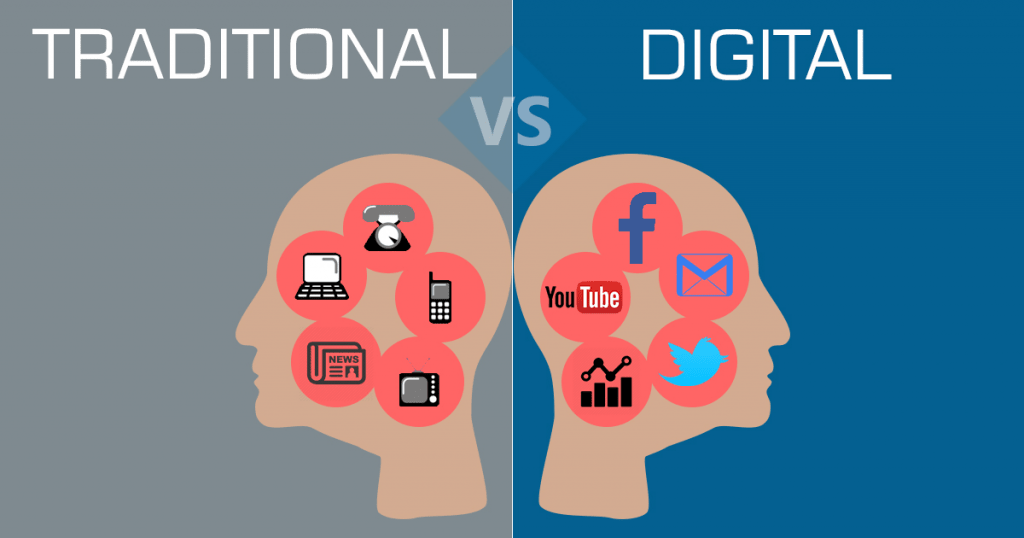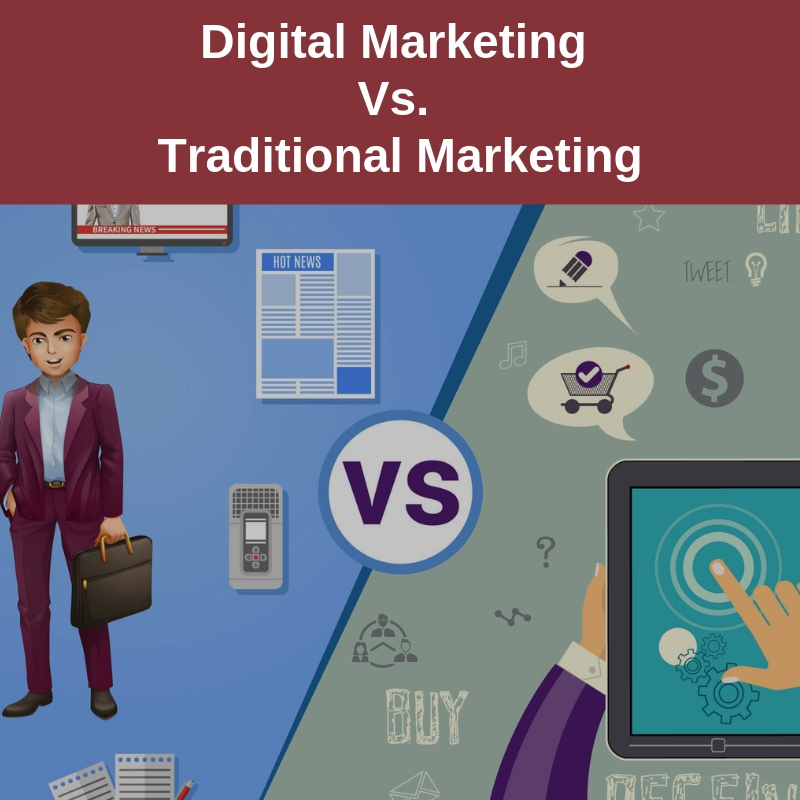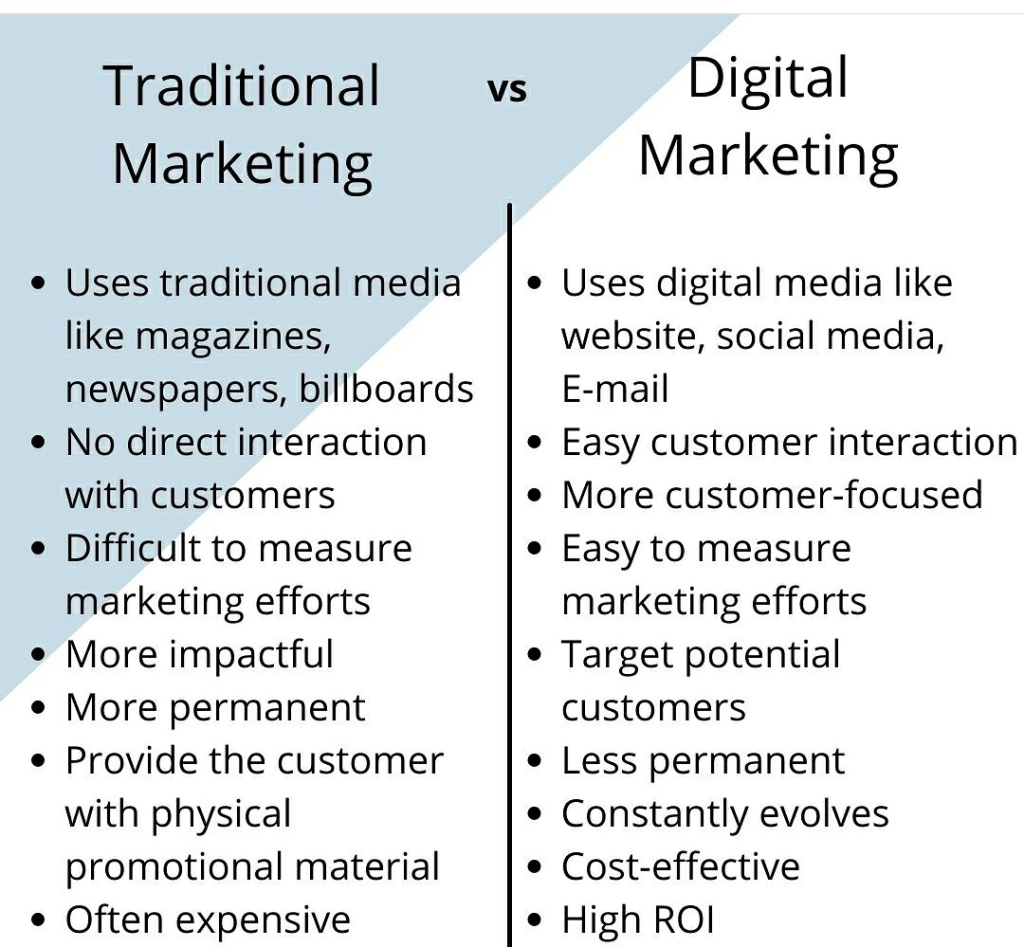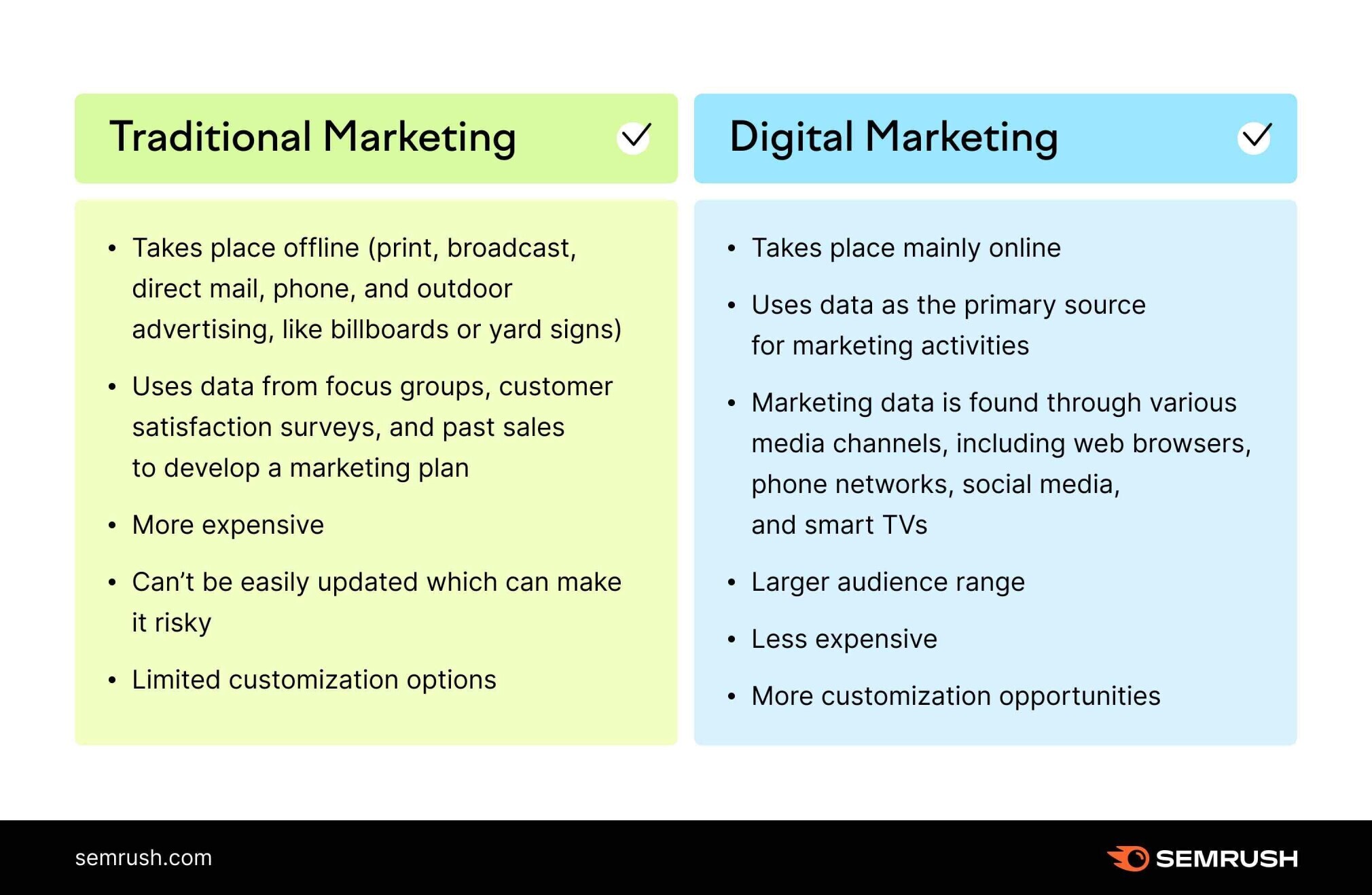Compared To Digital Markets Traditional Markets Have

Imagine the crisp morning air, the aroma of freshly baked bread mingling with the earthy scent of ripe tomatoes. Sunlight streams through the canvas awnings of a bustling marketplace, illuminating a vibrant tapestry of faces, colors, and sounds. Here, vendors proudly display their wares, their voices rising in a chorus of friendly banter as customers haggle for the best price.
While digital marketplaces offer unparalleled convenience and access to a global audience, traditional markets provide a unique and irreplaceable experience that fosters community, supports local economies, and engages the senses in ways that online platforms simply cannot replicate.
The enduring appeal of traditional markets stems from their rich history and cultural significance. For centuries, these spaces have served as vital hubs for trade, social interaction, and the exchange of ideas. They are more than just places to buy and sell goods; they are living embodiments of local identity and heritage.
A Sensory Feast
One of the most striking differences between traditional and digital markets lies in the sensory experience. Digital platforms offer visual representations of products, but they cannot replicate the tactile sensation of feeling the texture of a handwoven rug or the sweet fragrance of a locally grown peach.
Traditional markets awaken the senses with a symphony of sights, sounds, smells, and tastes. Customers can personally inspect produce, sample artisan cheeses, and engage in direct conversations with the people who create and cultivate the products they are buying. This level of engagement fosters a deeper connection to the food, crafts, and goods being purchased.
The Human Connection
Beyond the sensory experience, traditional markets prioritize human interaction. Unlike the often-impersonal nature of online transactions, these markets facilitate face-to-face communication between vendors and customers. This direct interaction allows for relationship-building, negotiation, and the exchange of knowledge and stories.
Local farmers can share insights into their farming practices, artisans can explain the inspiration behind their creations, and vendors can offer personalized recommendations based on individual preferences. These interactions foster a sense of community and belonging, creating a more meaningful and enriching shopping experience.
"The beauty of a market is that it's a social space," says Maria Rodriguez, a local artisan who sells her handmade jewelry at a weekly market. "It's not just about selling my work; it's about connecting with people and sharing my passion."
Supporting Local Economies
Traditional markets play a crucial role in supporting local economies. By providing a platform for small businesses, farmers, and artisans to sell their products directly to consumers, these markets help to circulate money within the community and create local jobs. They offer an alternative to large corporate retailers, empowering individuals and fostering economic independence.
According to a study by the Farmers Market Coalition, farmers markets generate significant economic benefits for local communities. They provide farmers with a direct outlet for their products, allowing them to retain a larger share of their profits and invest back into their farms and businesses.
"When you shop at a farmers market, you're not just buying food; you're investing in your community," explains Sarah Chen, a local food advocate. "You're supporting local farmers, creating jobs, and preserving farmland."
Transparency and Trust
Traditional markets often offer greater transparency and traceability compared to digital marketplaces. Customers can directly inquire about the origin and production methods of the products they are purchasing. They can ask farmers about their growing practices, learn about the materials used in artisan crafts, and gain a deeper understanding of the ethical and environmental implications of their purchases.
This transparency fosters trust between vendors and customers, allowing them to make informed choices about the products they are buying. In a world increasingly concerned about sustainability and ethical sourcing, the ability to connect directly with producers and understand their practices is highly valued.
A study by Local Harvest found that consumers who shop at farmers markets are more likely to prioritize locally grown and sustainably produced food. This demonstrates the growing awareness and demand for transparency in the food system.
Challenges and Adaptations
Despite their many advantages, traditional markets face challenges in the digital age. The convenience and accessibility of online shopping have led to increased competition, making it more difficult for traditional markets to attract and retain customers. The COVID-19 pandemic further exacerbated these challenges, forcing many markets to temporarily close or operate under strict restrictions.
However, many traditional markets have adapted to the changing landscape by incorporating digital elements into their operations. Some markets have created online stores to supplement their physical presence, offering customers the option to order products online for pickup or delivery. Others have utilized social media to promote their events, showcase their vendors, and engage with their communities.
These adaptations allow traditional markets to leverage the power of digital technology while still preserving the unique qualities that make them so special.
The Future of Traditional Markets
The future of traditional markets depends on their ability to adapt, innovate, and continue providing value to their communities. By embracing technology, promoting sustainability, and fostering a strong sense of community, traditional markets can remain vibrant and relevant in the years to come.
Efforts to support local producers, promote sustainable practices, and educate consumers about the benefits of shopping locally are crucial for ensuring the long-term viability of traditional markets. Government policies, community initiatives, and consumer choices all play a role in shaping the future of these vital spaces.
Ultimately, the enduring appeal of traditional markets lies in their ability to offer something that digital platforms simply cannot replicate: a human connection, a sensory experience, and a sense of belonging. As we navigate an increasingly digital world, the importance of these spaces for fostering community, supporting local economies, and celebrating local culture will only continue to grow.
Consider the simple act of buying a loaf of bread at a traditional market. You can smell the warm aroma, feel the crusty texture, and exchange a friendly word with the baker. That is more than just a transaction; it is a connection to the community, a celebration of local craftsmanship, and a reminder of the simple joys in life.


















